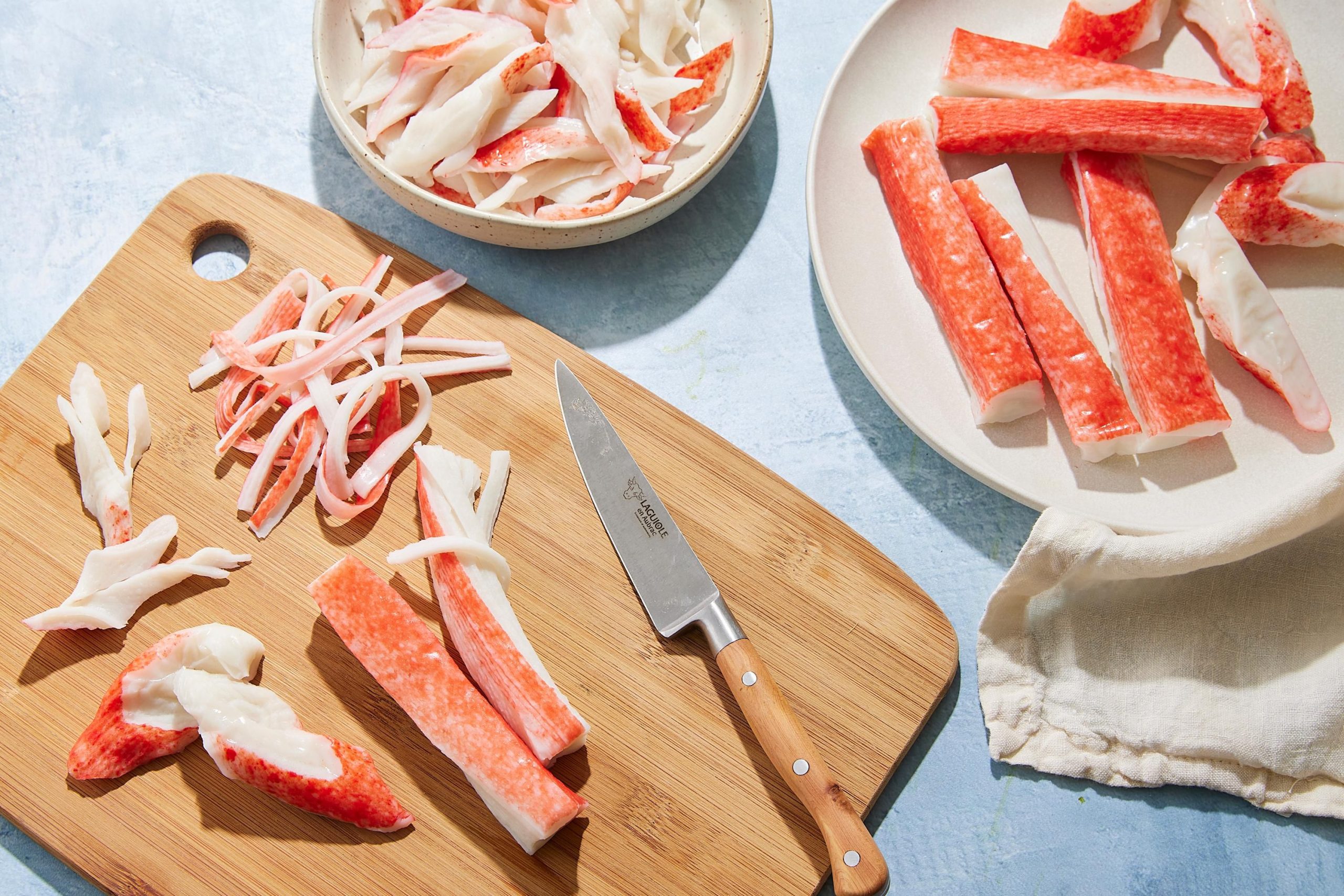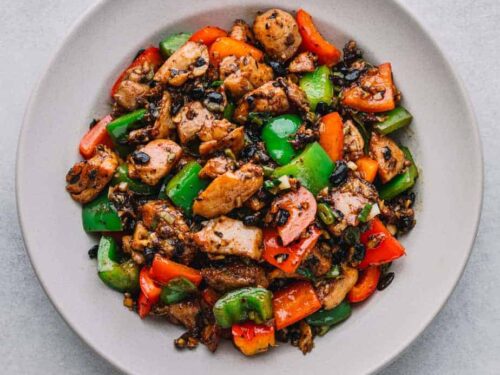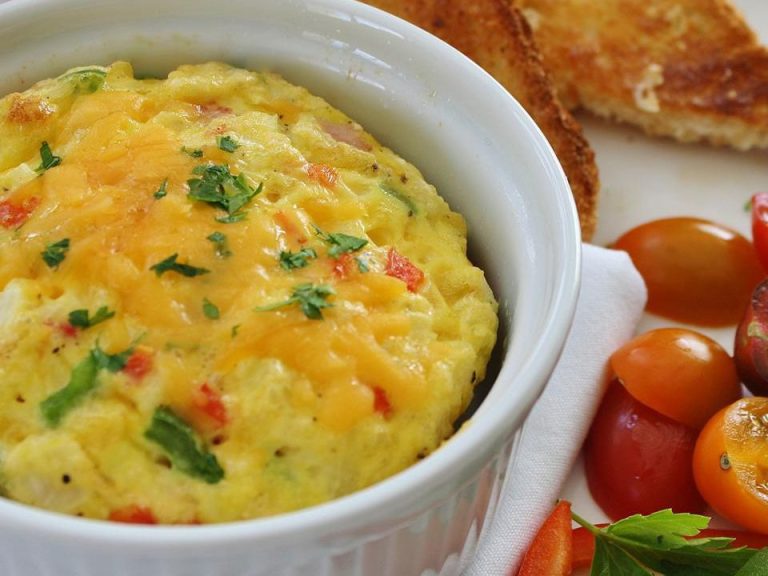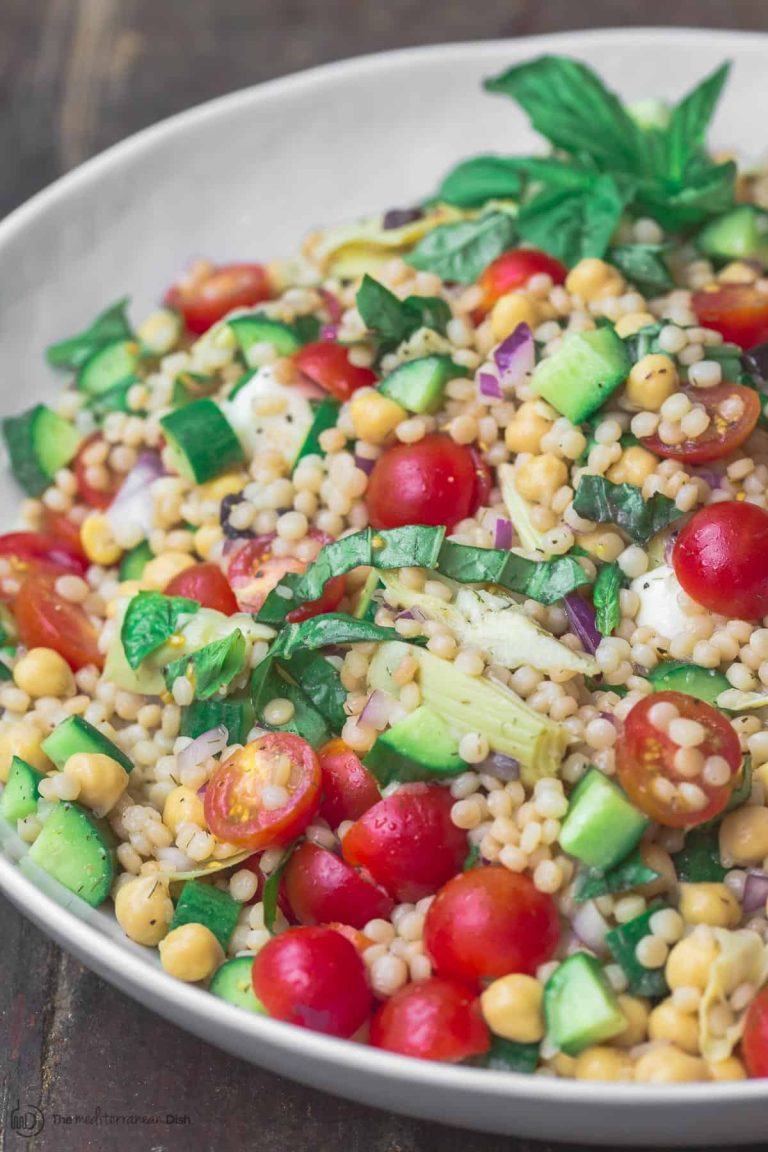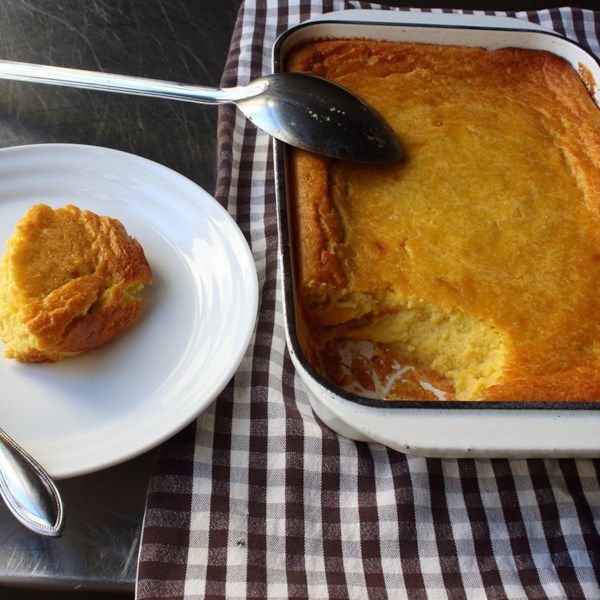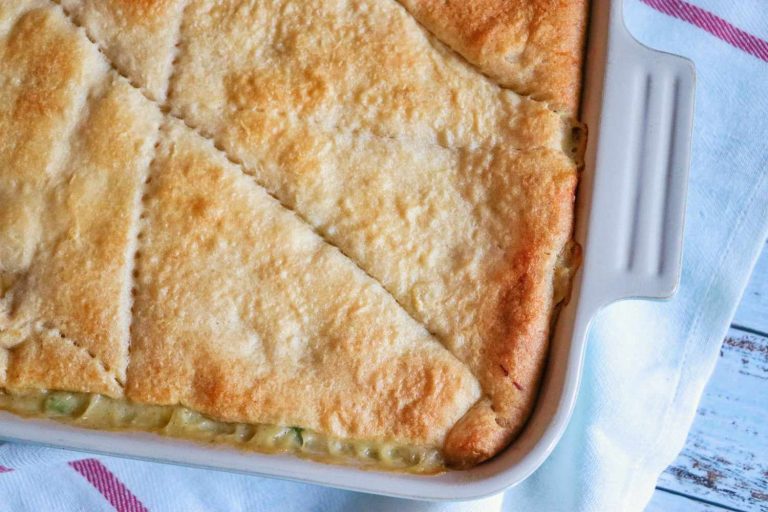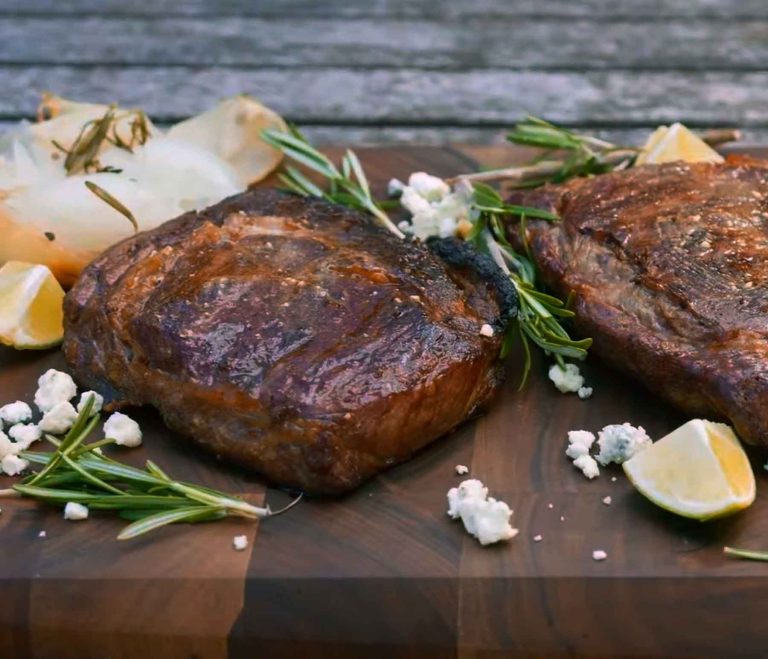Crab Rangoon: History, Recipes, and Healthier Variations for Home Cooking
Crab Rangoon, an American Chinese dish, first appeared in the mid-20th century. Despite its name, it doesn’t originate from traditional Asian cuisine. The dish is largely attributed to the iconic Trader Vic’s restaurant, which claimed it was inspired by Burmese-style recipes. This fusion dish blends wonton wrappers with a filling of cream cheese and crab meat, creating a unique culinary experience. The cultural significance of Crab Rangoon resonates with its ability to blend diverse culinary traditions, making it a staple in American Chinese food culture.
Spread to the Western World
Crab Rangoon gained popularity in the United States through its inclusion on Chinese-American restaurant menus. During the 1950s and 1960s, Trader Vic’s played a significant role in popularizing it. The dish’s crispy texture and creamy filling appealed to American tastes, which spurred its spread. Today, it’s commonly found in Chinese buffets and takeout menus across the country. Its introduction to the Western palate exemplifies how fusion cuisine can transcend cultural boundaries, creating new and beloved food traditions.
What is Crab Rangoon?
Ingredients and Variations
Crab Rangoon combines wonton wrappers with a creamy filling of cream cheese and crab meat. Other common ingredients include scallions, garlic powder, Worcestershire sauce, and soy sauce. While classic Crab Rangoon uses real crab meat, many versions substitute imitation crab for cost and availability reasons.
Variations of Crab Rangoon include different fillings and cooking methods. Some may feature added items like chopped water chestnuts or green onions for extra texture. You’ll find Crab Rangoon either fried until golden brown or baked for a slightly healthier option.
Popular Dipping Sauces
Crab Rangoon pairs well with various dipping sauces to enhance its flavor. Sweet and sour sauce is the most common choice, balancing the savory filling with a tangy sweetness. Plum sauce offers a fruitier alternative, while duck sauce provides a thicker, sweeter option.
Other popular sauces include hot mustard for a spicy kick, hoisin sauce for a sweet and salty flavor, and chili sauce for those who prefer some heat. These dipping sauces complement the crispy texture of Crab Rangoon, providing a versatile range of tastes to suit different preferences.
Making Crab Rangoon at Home
Essential Tools and Ingredients
To make Crab Rangoon at home, gather the necessary tools and ingredients. Essential tools include a mixing bowl, a spatula, a sharp knife, a frying pan or air fryer, and a pastry brush. For convenience, use a slotted spoon for frying.
Essential ingredients include wonton wrappers, soft cream cheese, and crab meat. You can use either fresh crab meat or imitation crab (surimi). Other key ingredients are finely chopped scallions, garlic powder, Worcestershire sauce, and a pinch of salt. To enhance the flavor, consider adding a few dashes of soy sauce.
- Prepare the Filling: Combine 8 oz of softened cream cheese, 6 oz of crab meat, 2 finely chopped scallions, 1/2 tsp of garlic powder, 1 tsp of Worcestershire sauce, and a pinch of salt in a mixing bowl. Mix until smooth and well-blended.
- Assemble the Wontons: Place a teaspoon of the filling in the center of each wonton wrapper. Brush the edges with water using a pastry brush. Fold the wrapper diagonally to form a triangle, then press the edges to seal, ensuring no air pockets remain.
- Cook the Crab Rangoon: Fry the wontons in a preheated pan with oil at 350°F (175°C) for 2-3 minutes on each side until golden brown. If using an air fryer, cook at 350°F (175°C) for 10 minutes, flipping once halfway through.
- Serve: Remove the wontons with a slotted spoon and place them on a paper towel to drain excess oil. Serve hot with dipping sauces like sweet and sour, plum sauce, or hot mustard.
By following these steps, you can prepare delicious Crab Rangoon at home, replicating the fusion cuisine experience.
Crab Rangoon in Restaurants
Distinguishing High-Quality Crab Rangoon
High-quality Crab Rangoon features distinct traits. Wrappers must be crispy, not oily, and maintain structural integrity. Fillings should blend real crab meat and cream cheese for a consistent texture and taste. Fresh ingredients like scallions and water chestnuts add crunch. All components must be balanced to avoid excessive sweetness or richness. When you taste Crab Rangoon, look for a harmonious melding of flavors and a satisfying crunch.
Best Crab Rangoon Restaurants in the US
Some US restaurants excel in serving Crab Rangoon. P.F. Chang’s offers a highly rated version with distinct crab flavors and a fine balance of cream cheese. At Trader Vic’s, expect a nostalgic taste with their original recipe. The Cheesecake Factory’s version, with its crispy exterior and creamy interior, is very popular. Visit any of these places to experience top-tier Crab Rangoon.
| Restaurant | Special Features |
|---|---|
| P.F. Chang’s | Distinct crab flavors, balanced fillings |
| Trader Vic’s | Original recipe, nostalgic taste |
| Cheesecake Factory | Crispy exterior, creamy interior |
Select these restaurants to savor some of the best Crab Rangoon in the country.
Health Considerations
Nutritional Information
Crab Rangoon typically contains high amounts of calories, fat, and sodium. A standard serving of four pieces has around 260 calories, 13 grams of fat, and 400 milligrams of sodium. Using ingredients like cream cheese and deep-frying increases these values. Real crab meat provides some protein, but often, imitation crab is used, contributing few nutritional benefits. When considering portion sizes, note the potential impact on your daily intake of fats, salts, and calories.
Healthy Alternatives
Opt for healthier cooking methods and ingredients to enjoy Crab Rangoon without sacrificing your dietary goals. Bake instead of deep-frying to lower fat content. Substitute reduced-fat cream cheese and use fresh crab meat to enhance protein without extra fat. Incorporate whole wheat wonton wrappers to increase fiber. Air fryers also serve as an excellent alternative, offering crispy results with less oil. Experiment with dipping sauces made from low-sodium soy or Greek yogurt for added nutritional benefits.
Conclusion
Crab Rangoon offers a delightful blend of flavors that can easily become a favorite in your culinary repertoire. By being mindful of healthier preparation methods and ingredient substitutions, you can enjoy this delicious treat without compromising your dietary goals. Whether you’re baking, air frying, or experimenting with low-fat ingredients, there are plenty of ways to make Crab Rangoon a guilt-free indulgence. So go ahead and savor this classic fusion dish while keeping your health in check.
